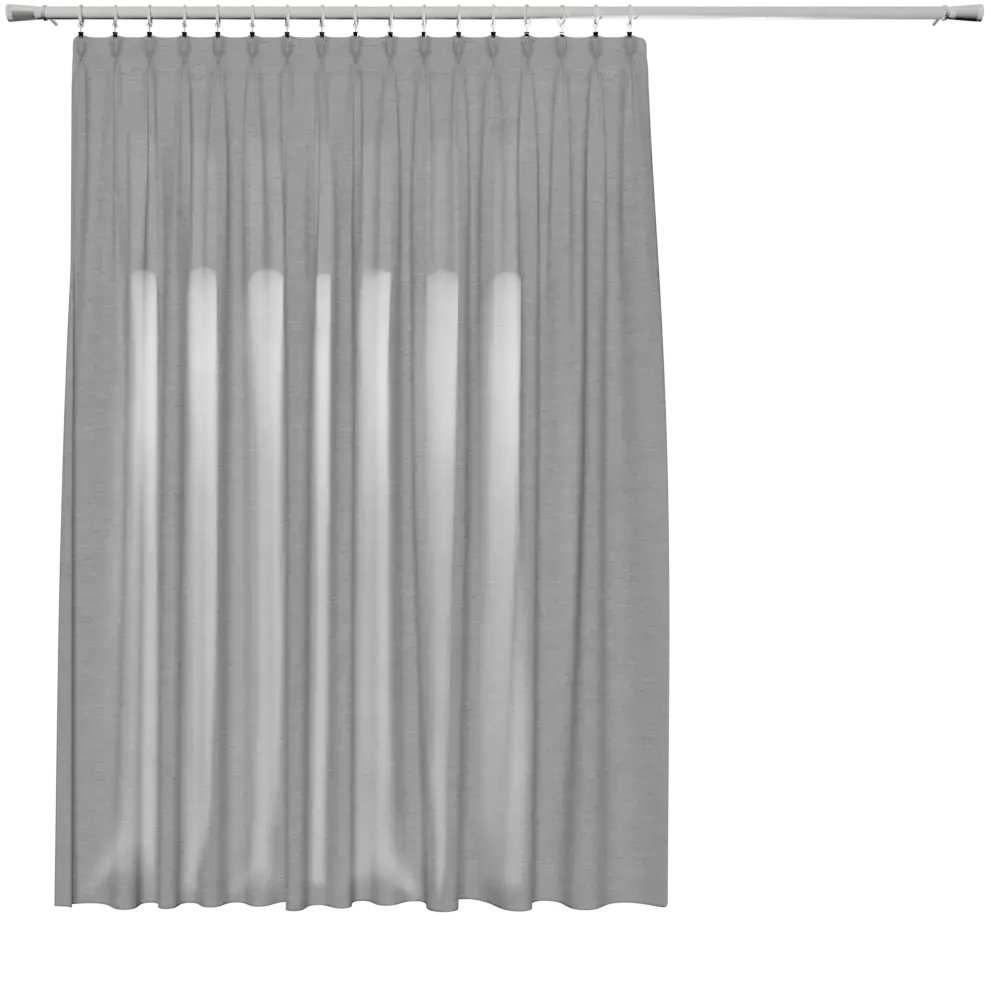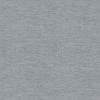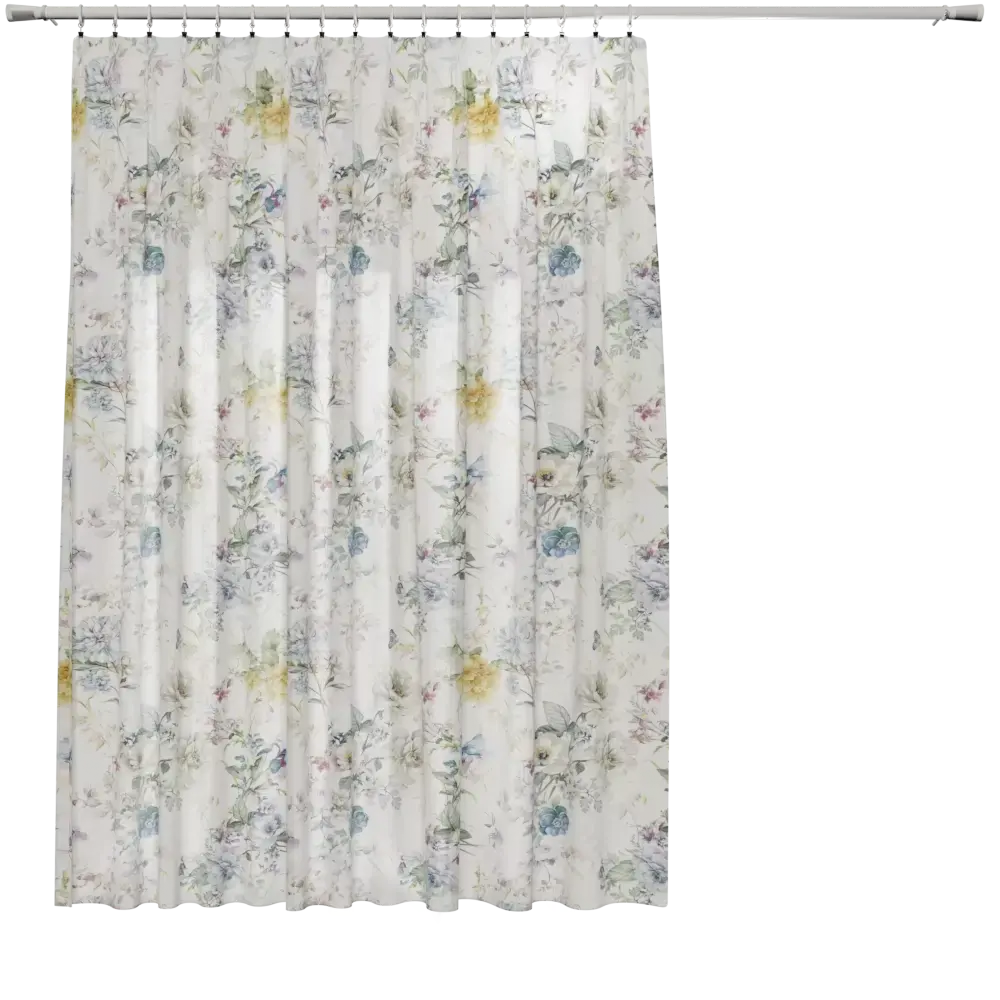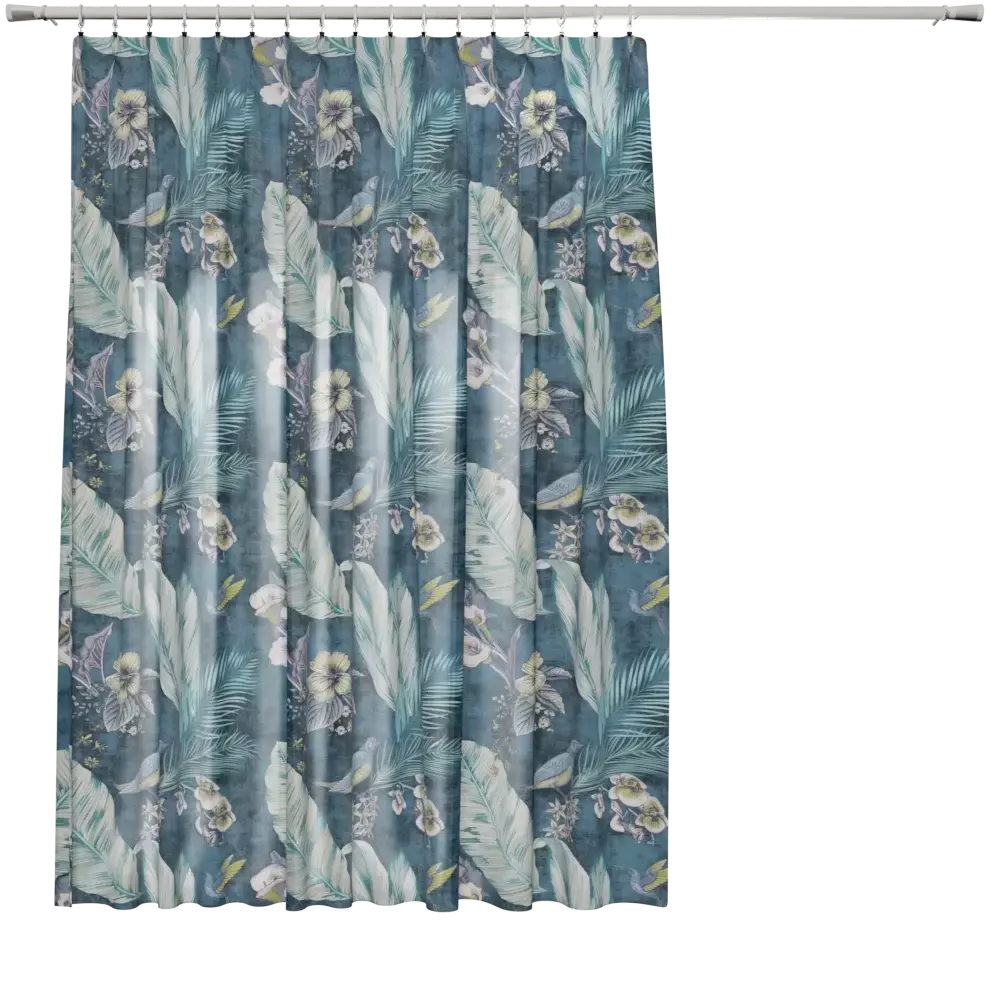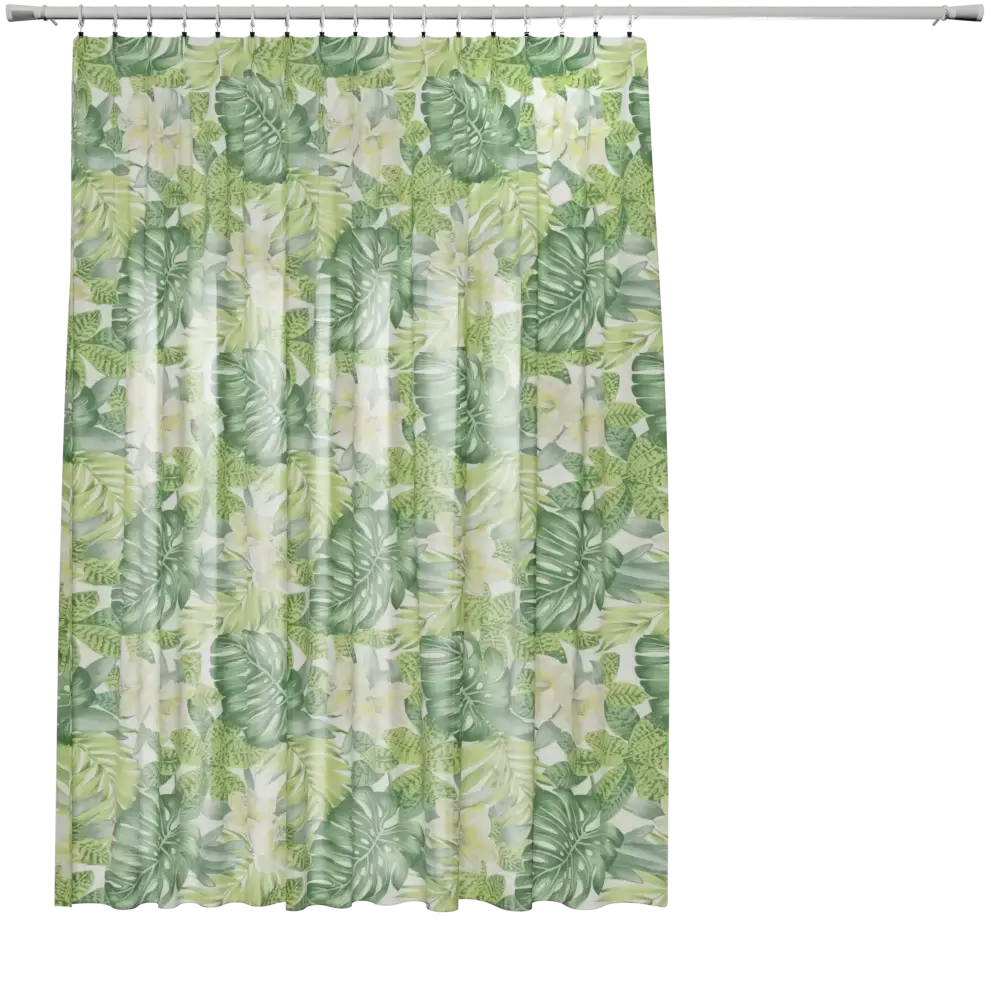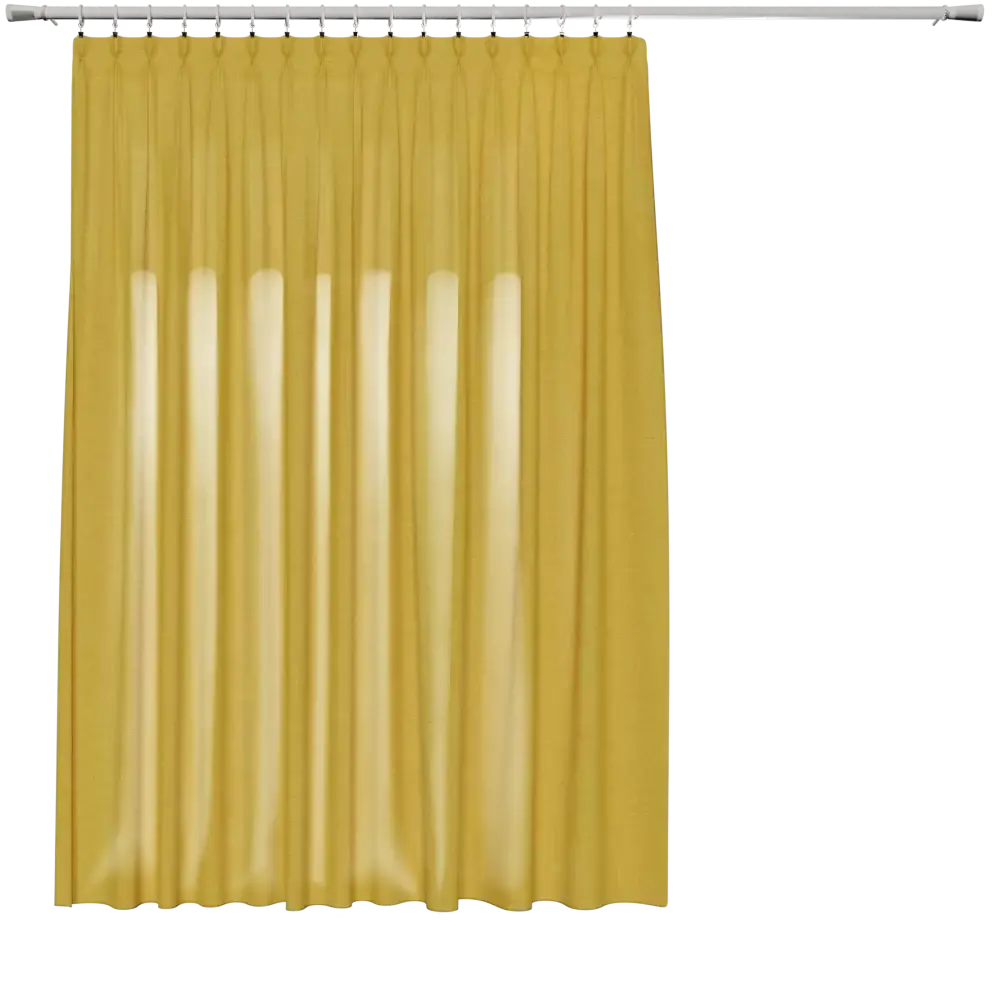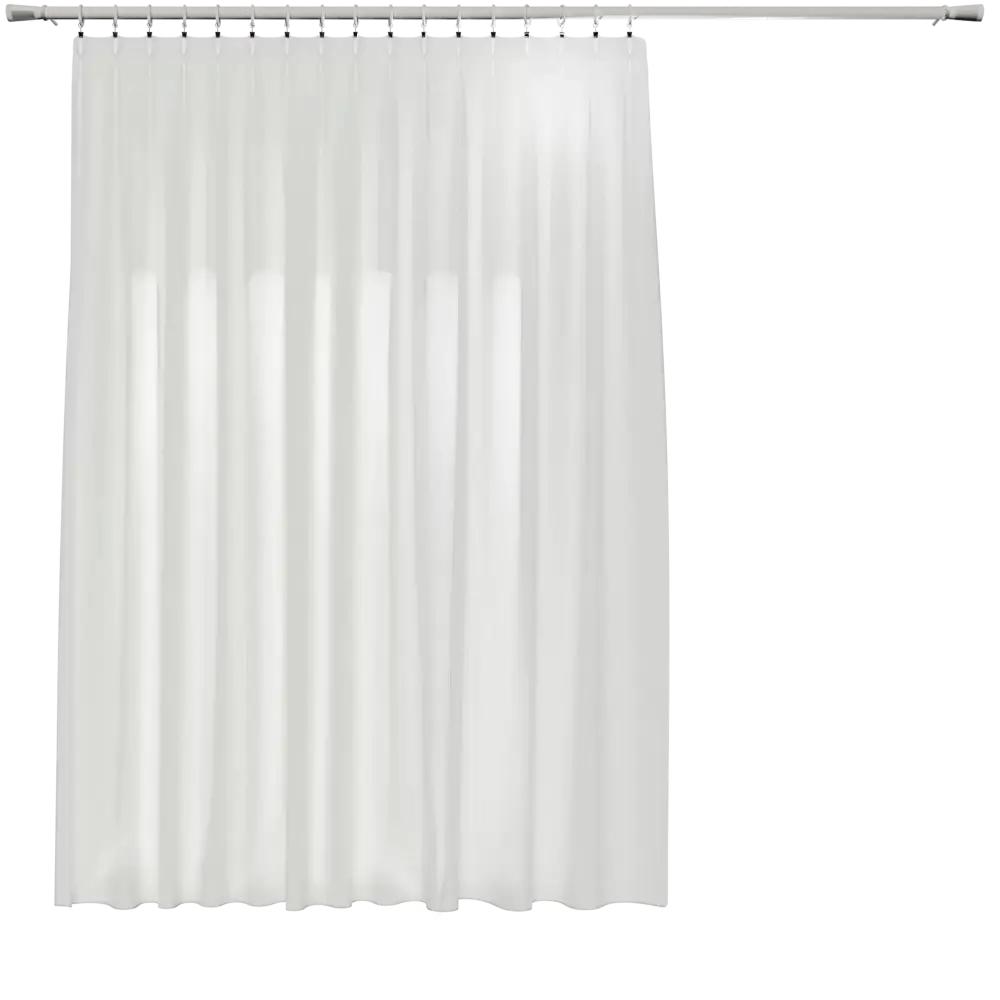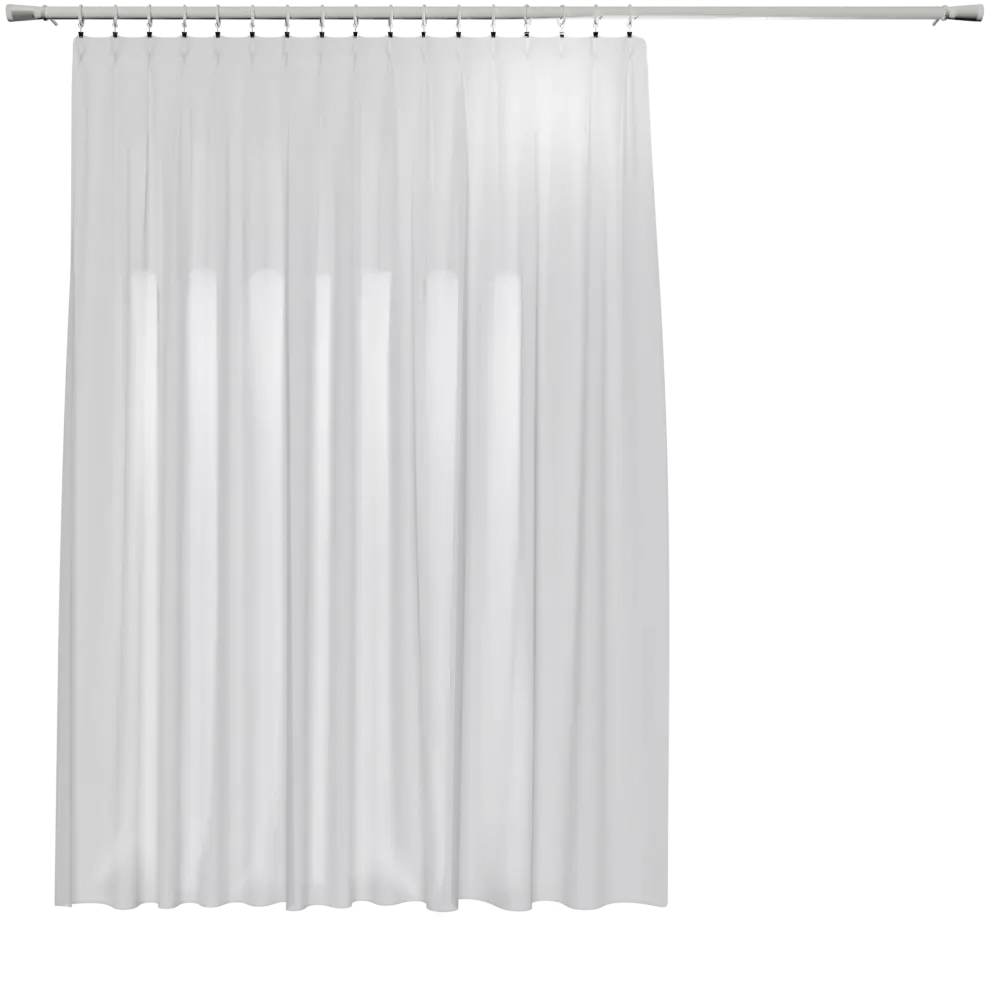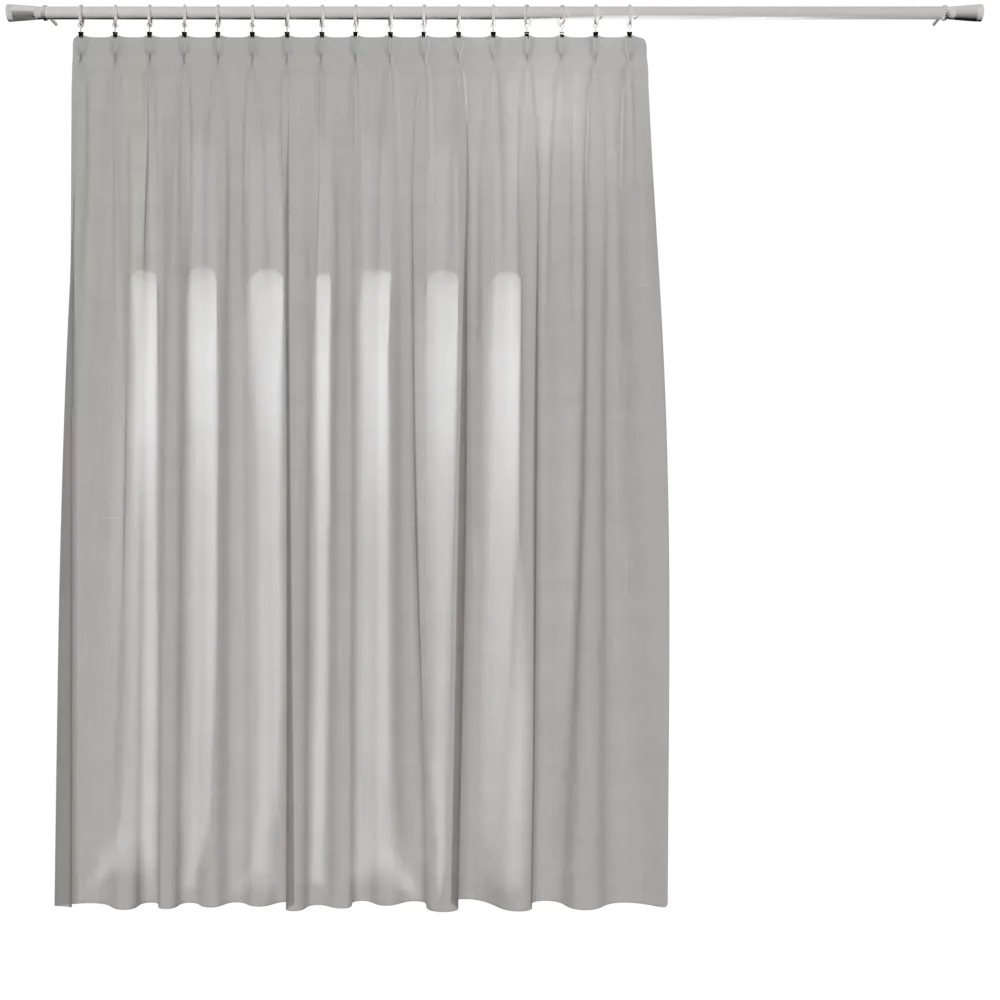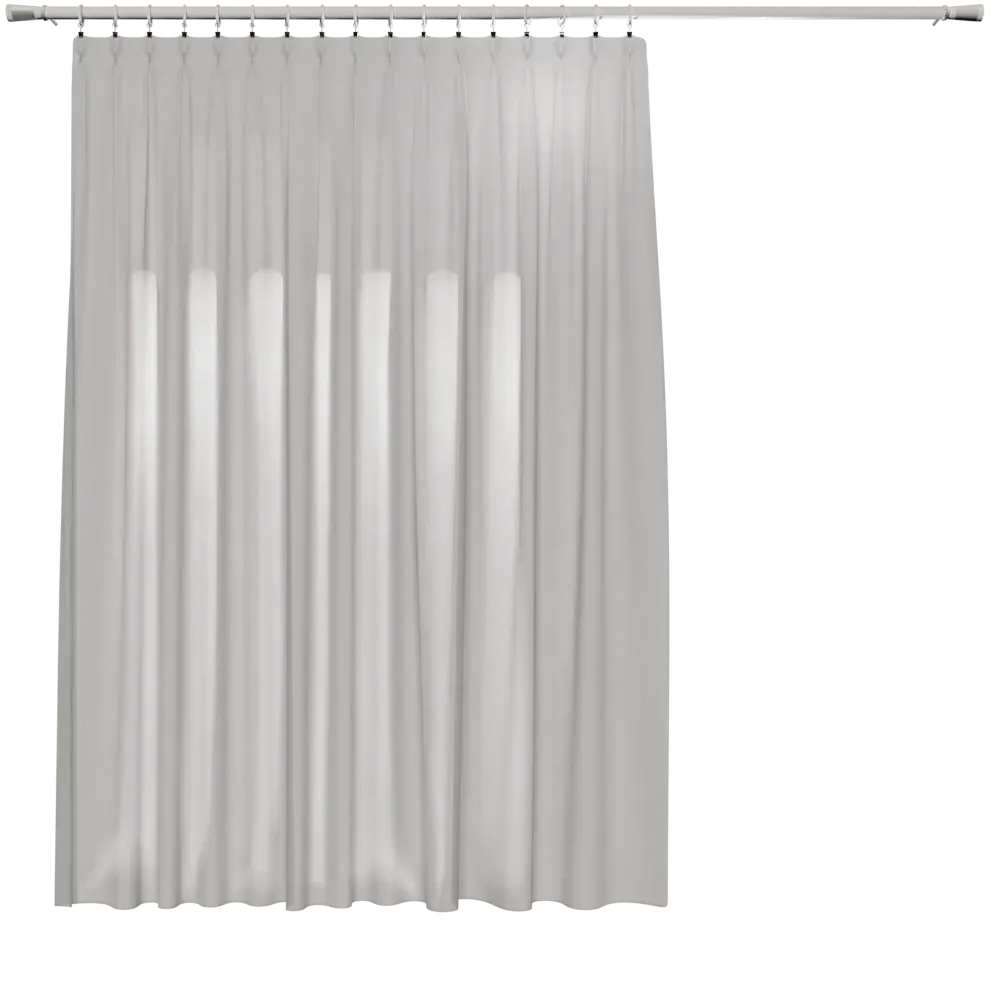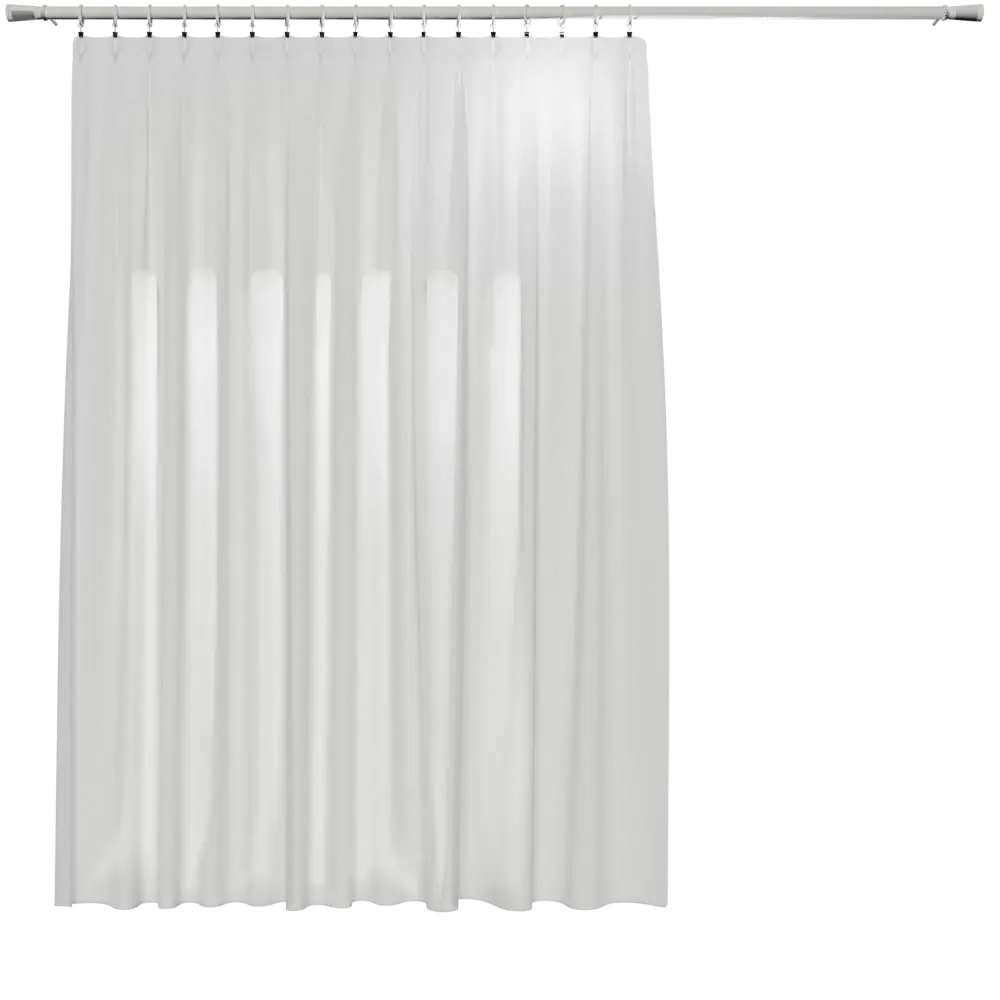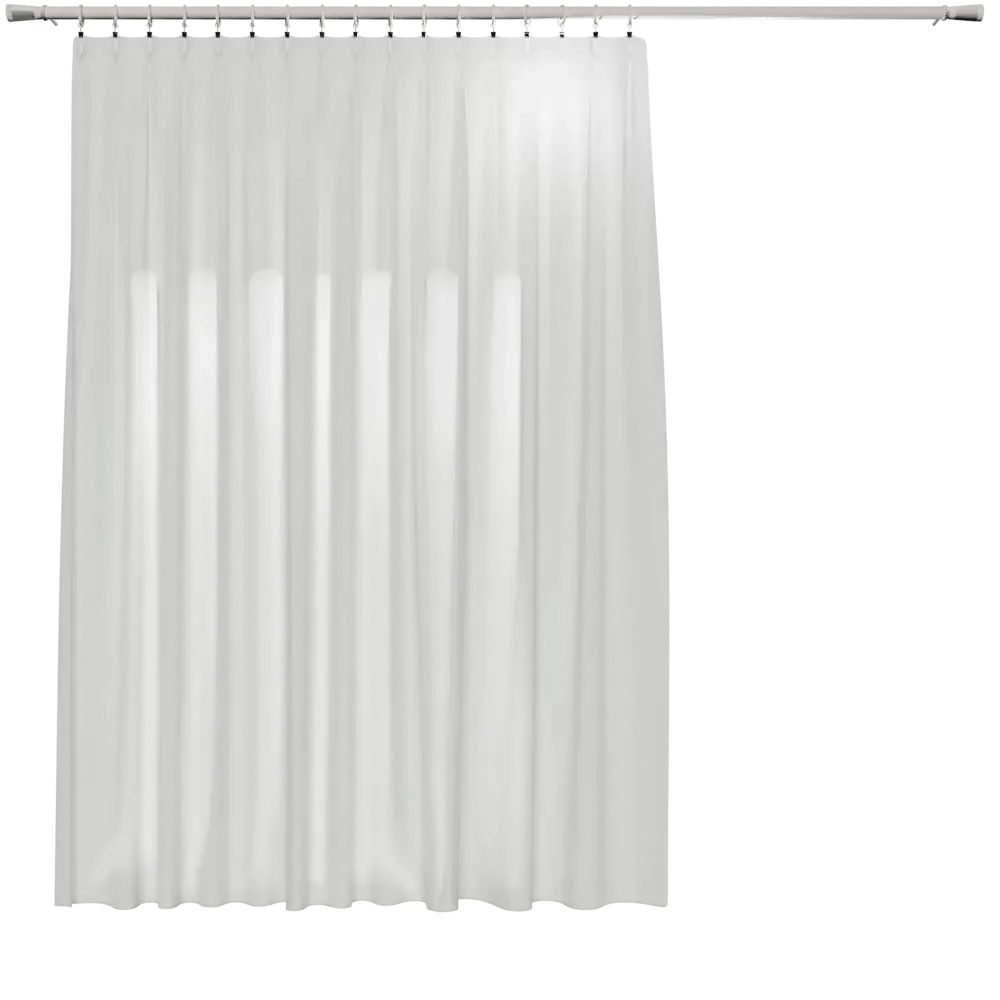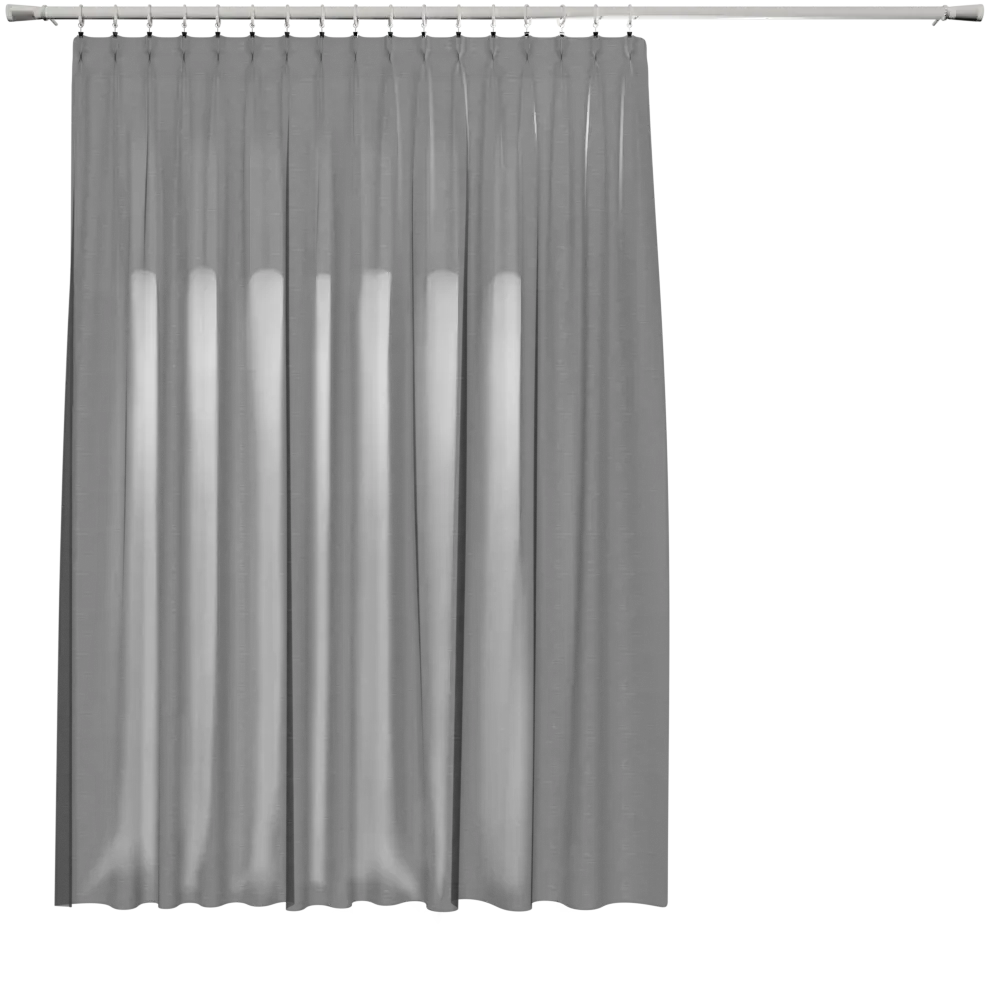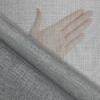What are you looking for?

How to pin up curtains that are too long?
Curtains are a frequent accessory in living rooms - representative rooms where guests are invited and leisure time is enjoyed. A well-considered arrangement of this room is not only conducive to the overall aesthetics, but also to the well-being of the household. The ideal curtains (in terms of pattern, material) are not all that needs to be considered. It is also important to arrange the curtains in the right way. What to do if the curtains are too long? Is shortening them the only option? How do I fix curtains that are too long?
How can you tell if your curtains or drapes are too long? What can you do about them?
As it turns out, knowing whether our curtains or drapes are too long is not entirely straightforward - some design styles require the fabric covers to extend across the floor. However, the standard view is that there should be a distance of 1.2-1.5 cm between the curtains and the floor.
Many interior designers and architects stress that some curtains - even if they are too long - can be left loose, untied. This is ideal for modern living rooms with very large glazing.
How to shorten curtains that are too long using a sewing machine?
The first thought when confronted with curtains that are too long is to shorten them. You can do this at home or take the curtains to a tailor's shop. In the former case, all you need is a sewing machine and basic sewing skills. How do I shorten curtains that are too long? What to do, step by step?
First, measure the length by which you intend to shorten your curtains. You need to have a basic knowledge of how to measure curtains and voile curtains. The most common way is to measure your chosen length (piece by piece) on the fabric and then mark it (e.g. with tailor's soap). A cardboard strip can also be used - helpful not only for measuring the correct length, but also for making an even cut. Importantly, the so-called overlap and hem of the fabric should also be taken into account when shortening. The seam should be as close as possible to the inside edge - so that the fabric does not slip out.
How to shorten curtains that are too long without sewing?
If you don't have your own sewing machine but are keen to shorten a curtain that is too long by hand, you can use what is known as fabric curling tape. This is a special thermal glue in the form of a net, secured with strips of waxed paper, which can be bought in almost any haberdashery shop. Its method of application is very simple - after cutting the curtain by the desired length, match the width of the strip of tape to the expected width of the fabric curl. Then apply a strip of this tape at the cut point and iron. The next step is to remove the protective paper and fold the fabric over (then iron again). When shortening the curtains without sewing, patience is recommended (gradual tightening of the tape pieces).
How to shorten curtains that are too long without hemming? Pinning up curtains
Cutting curtains is not the only solution. More and more householders do not want to interfere with the structure of the curtains they have purchased. They are thinking - instead - about how to pin up curtains that are too long. This is not just a decorative measure. A variety of materials are used for pinning - from heavy and dark decorative cords to delicate cords with beads. It all depends on your own tastes and imagination - you can create interesting draping of the fabric, tucks, artistic folds.
Sometimes, even a delicate up-do of the curtains helps to get rid of a few unnecessary centimetres - so important when it comes to window design. Don't forget to properly care for the curtains you use in your home. Find out how to refresh your curtains without washing.
What is curtain creasing?
Curtain creasing is the most popular way to pin up curtains that are too long. It is one of the best answers to the question "how to pin up curtains that are too long". The secret is to drape the fabric - whether you do it yourself or buy ready-made curtains with tape sewn in. The most common way to crease curtains is to use what is known as a tunnel updo. What does it look like? The characteristic tunnel is slipped onto the curtain rail, arranging the fabric according to your own taste and needs.
Be sure to pay attention to the type and design of the fabric, as well as the degree of draping. Smaller draping suits curtains of uniform colour. Patterned curtains need to be arranged in larger pleats (to keep the motifs uncovered).
Another aspect is the thickness and softness of the fabric. Experts recommend that curtains made of thicker fabrics should be creased wider - this gives a better visual effect. There is also a rule of thumb - the stiffer the fabric, the less manageable it is. This is when a stronger crease is useful.
How do you pin up curtains that are too long using a tossel?
A tassel is a braided cord, usually made of thick thread, mouliné and yarn, used when pinning up curtains at the sides of a window. It allows the fabric to rise gently upwards. If this is not enough - the curtain will still be too long - the fabric can be pulled up slightly over the catch, creating a characteristic ruffle. This is a very aesthetic and effective solution.
The tassel work well for curtains that are too long by only a few, at most a dozen cm. This is a typical updo for curtains made of so-called flowing fabrics, i.e. chiffon, organtine, marquise (but this does not mean that other fabrics are forbidden).
Alternatives to braid include ribbon, garter, plain cord - the choice should be tailored to the style of the room's décor. The colour and the presence of decorative accessories (e.g. beads, crystals, pompoms, metal rings) play an important role in the choice. All of the above-mentioned accessories are another answer to the question "how to pin up curtains that are too long".
How to pin up curtains that are too long? What to do with a garter?
A garter is a distinctive piece of fabric attached to a curtain (it forms a coherence or contrast with it). It can be made of textiles or other unusual additions, such as beaded cord. It only suits light, flowing, thin curtains. With heavier and thicker curtains, it may prove too flimsy to surround them.
help?
to call us
write to us
